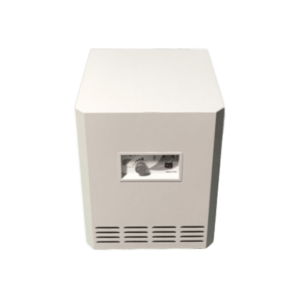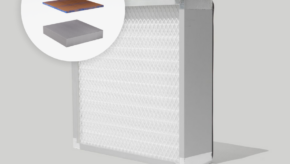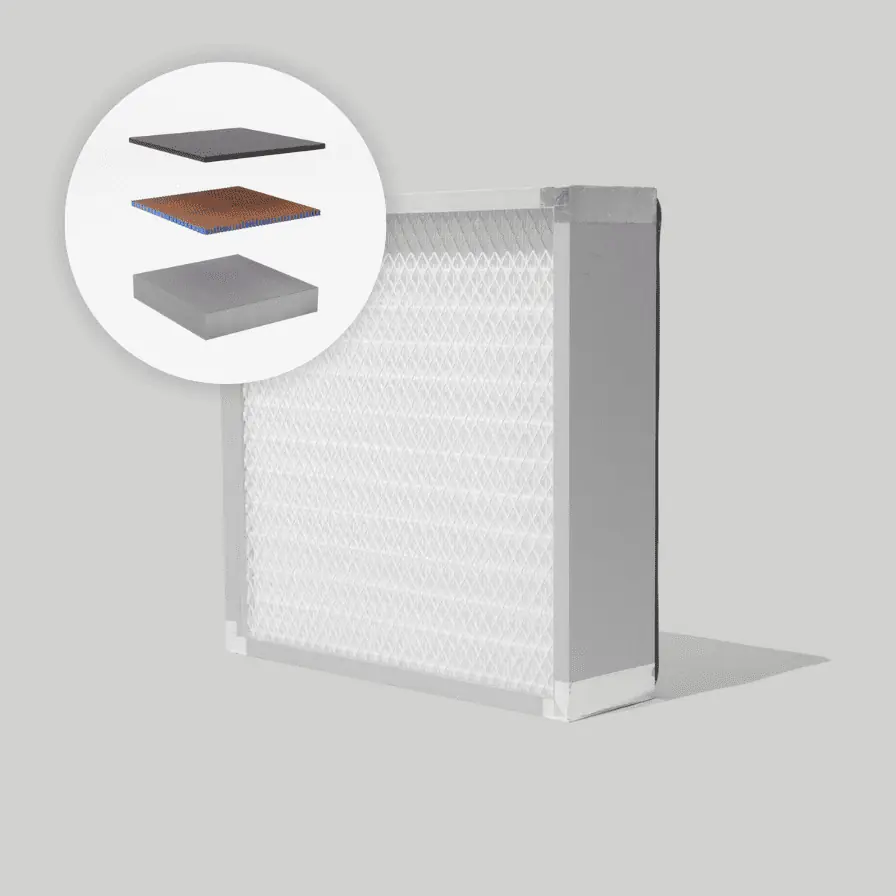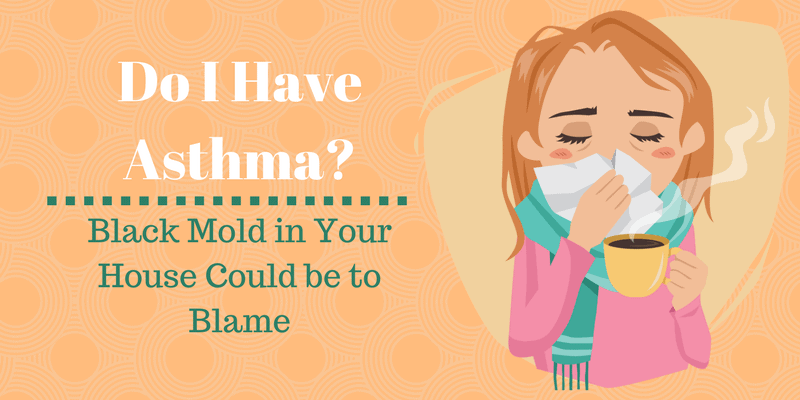[show_product_inpage product_id=9601]
Suddenly coughing and wheezing attacks have hit you full force, with no explanation leading you to wonder what the sudden culprit could be of these unwarranted symptoms. Have you thought about the possibility of mold in your personal environment as the potential cause of all these symptoms? Breathing in mold in your air could lead to a number of probable conditions such as allergies, asthma or even disease. Even worse the risk of breathing in toxic mold such as the infamous Stachybotrys Chartarum, also referred to as black mold could cause severe symptoms such as those of asthma. Finding the best defense against mold in your environment will help protect your health from developing symptoms such as those of asthma.
Types of Asthma: The Culprits Behind This Condition
Asthma is a common chronic condition [https://www.medicinenet.com/asthma_overview/article.htm], that affects approximately 8 to 10 % of Americans, or an estimated 23 million Americans as of 2008. There are two types of asthma that one could be suffering from, allergic and nonallergic asthma.
Allergic asthma is the more common of the two types of asthma and is typically developed during childhood. A family history of asthma is usually a sign of allergic asthma and can be a good indicator when faced with asthma-symptoms. Approximately 70-80% of children who are suffering from asthma also have persisting allergy symptoms as well. Allergic asthma is triggered by allergies such as food, pollen, mold and other allergens in the environment that elicit asthma symptoms. The other type of asthma, nonallergic asthma, in comparison to allergic asthma does not involve an immune system response but is triggered by other potential factors in the environment.
 Asthma and Black Mold
Asthma and Black Mold
In a study published in February 2010 issue of the journal “Allergy”, researchers found that people that were exposed to black mold who developed asthma-symptoms continued to exhibit these symptoms for three years after the initial exposure. This study exposed the dangerous impact black mold can have on your lungs when exposed to this mold for a long duration of time. Another study conducted in 1999 by Mayo Clinic found nearly all chronic sinus infections are the result of molds, creating a link between the increased asthma rate over the last two decades and mold. Although all mold types could elicit reactions, the likelihood of experiencing asthma symptoms from toxic black mold is highly probable. Toxic black mold mainly will affect allergies, leading to an allergic reaction that can trigger sneezing, stuffy nose, coughing, itchy & watery eyes, and asthma symptoms.
How to Tell If You Have Black Mold
Have your allergies recently been a burden to deal with? Persisting allergy problems could be a sign of mold or even black mold in your home. Another indicator of black mold present in your home could be a musty smell spreading through the walls of your home. Mold is often associated with that musty smell that comes after a water leak. When you are smelling this odor in your home you may want to start your hunt for mold growth on the surfaces of your home. The most important indicator of mold growth in your home will be discoloration on your walls from the growth of mold.
What Does Black Mold Look Like
Mold growth can take on different appearances depending on the type of mold present. Mold can come in all shapes, sizes or colors (ranging from black, orange, blue, white, yellow, green or even black). The texture of mold may be different too depending on the type of mold currently present in your home, either taking on the appearance of a flat surface or bumpy texture. Black mold specifically is a type of fungus that requires and feeds off of moisture to grow. When this mold begins to grow it will often appear slimy and have a dark greenish-black color much different than other species of mold.
Solutions to Improve Asthma: Eliminate Black Mold in Your House
Removing mold can be a very challenging process and can take several steps to completely remove from your home. You want to first pinpoint the affected areas where the mold is growing and try to block and seal this area off as best as you can, to eliminate the potential for the mold to grow and infect other areas in your home. Once you have contained the compromised areas you will want to contact a mold remediation specialist to come and destroy the mold growth in your home. During this process, however, the release of mold spores can occur as the spores will invade your air, and ultimately impact the quality of the air you are breathing, leading to potential health problems such as asthma.
When mold spores get released into your air after a mold remediation specialist comes and destroys the source of the mold you will need to find a way to clean your air and filter out the small mold spores that could compromise your air passageways. With the use of an effective UV air purification system, you can fight mold spores in your air. The EnviroKlenz Mobile UV System is designed to eliminate and kill microorganisms such as bacteria, viruses and mold spores from your air through the use of ultraviolet germicidal radiation (UVC lights). This air purification system uses not only UVC lights to kill microorganisms in your air, but also uses a two-stage filtration system with a patented earth mineral air cartridge and a hospital-grade HEPA filter. The EnviroKlenz Air Cartridge is highly reactive against a broad spectrum of chemicals and odors and will not only eliminate these compounds but break them down at the chemical source. Any particles that are not neutralized by the Air Cartridge, then go through the HEPA filter that filters out particles up to 0.3 microns in size. The EnviroKlenz Mobile UV System will protect your air from a wide array of possible contaminants helping to improve your air quality and limit your asthma symptoms.

Hear What People Are Saying About Us…
“Months after the 2017 Forest Fire Season, previously known as summertime in western Montana, that fine particulate we all breathed for weeks on end continues to be problematic. Persistent sinus issues, in particular, have become a norm. We are planning a big push to introduce our patient population to the Enviro-Klenz family of air-filtration products. The folks at EnviroKlenz have developed an affiliate program that brings long-term benefits to the practitioner as well as the patient; and, they responded immediately to our ask for support, by developing a data sheet specifically for the wood-smoke aspects of their filtration systems. Enviro-Klenz is a responsible and responsive company I am delighted to be working with.”
“I have the filter in my home, office, and son’s school. One of the biggest difference I notice is that we all sleep better when the filters are running. Furthermore, we had the filters running in the office after it was painted and the carpets were changed, and that toxic smell was gone in a day and a half. The work was done Friday, and by Monday no one complained of headaches and very few people even commented that the smell of remodel was noticeable”









